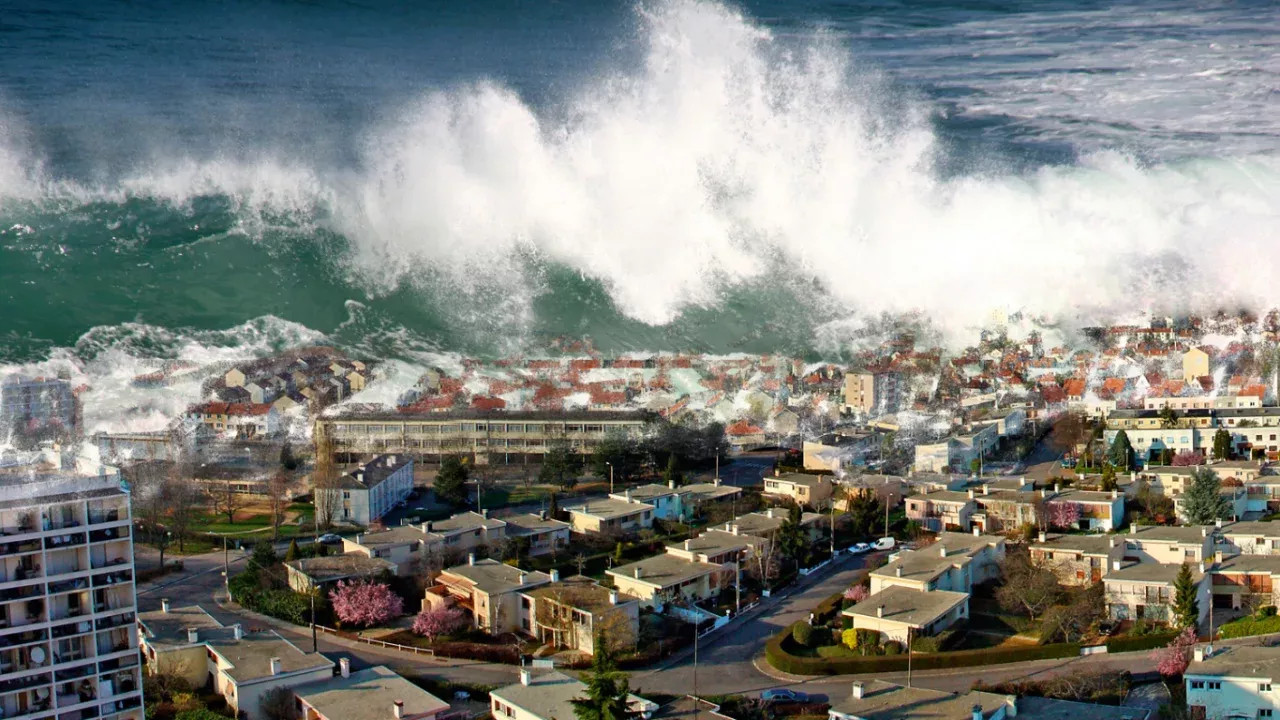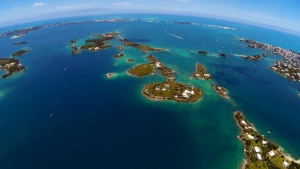
On July 28, a powerful earthquake with a magnitude of 8.8 struck the Kamchatka Peninsula in Russia. This was reported by Zamin.uz.
This is one of the largest earthquakes in recent years, leading to the evacuation of millions of people along the Pacific Ocean. However, a major tsunami, which was predicted to cause significant damage, did not occur.
The Kamchatka Peninsula is located in the Pacific Ring of Fire, an area known for its seismic activity and volcanoes. In this region, significant energy builds up due to tectonic plate collisions, resulting in powerful earthquakes.
A similarly strong earthquake occurred in this area in 1952. Despite the earthquake's intensity, tsunami waves reached approximately four meters in height along the Kamchatka shores.
This is a significantly lower figure compared to the 2004 Indian Ocean or 2011 Japan tsunamis. Experts emphasize that there are several reasons for this.
Firstly, the earthquake's depth was approximately 21 kilometers, which hindered the rise of water. Additionally, the shape of the seabed and coastline reduced wave height.
The beach topography and the low population density also contributed to the reduction of damage. Modern warning systems ensured that people were evacuated in a timely manner.
For example, unlike the 2004 disaster in Japan, over 1.9 million people were quickly evacuated. This was achieved with the help of advanced warning centers.
In 2004, such systems did not exist, resulting in the loss of over 230,000 lives. Therefore, modern technologies and effective management systems play a crucial role in mitigating the damage caused by natural disasters.







